
The Second World War made adjustments to Ernst’s creative style, but this time the influence turned out to be quite different than what the events of the First World War had had on the artist.
Pictures of Ernst second post-war period – lighter in color, more joyful and harmonious. The images created by the artist, meanwhile, are becoming more abstract. In addition, in the works of this period, a lyrical note clearly sounds. It is also in the “Colorado River”, ca. 1958, and in “The Song of the Frog”, 1957, and “Nights”, 1962.
 Old Dad Raine by Max Ernst
Old Dad Raine by Max Ernst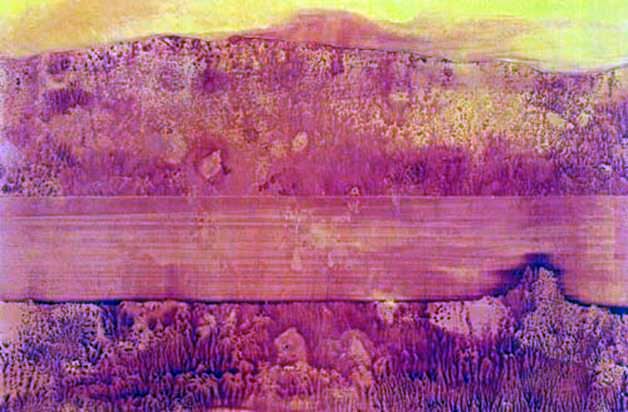 Fleuve Colorado – Max Ernst
Fleuve Colorado – Max Ernst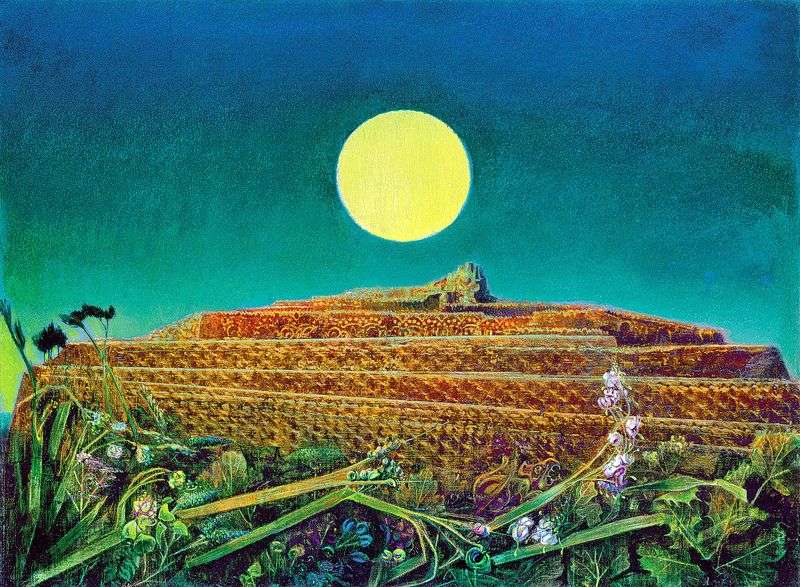 The whole city by Max Ernst
The whole city by Max Ernst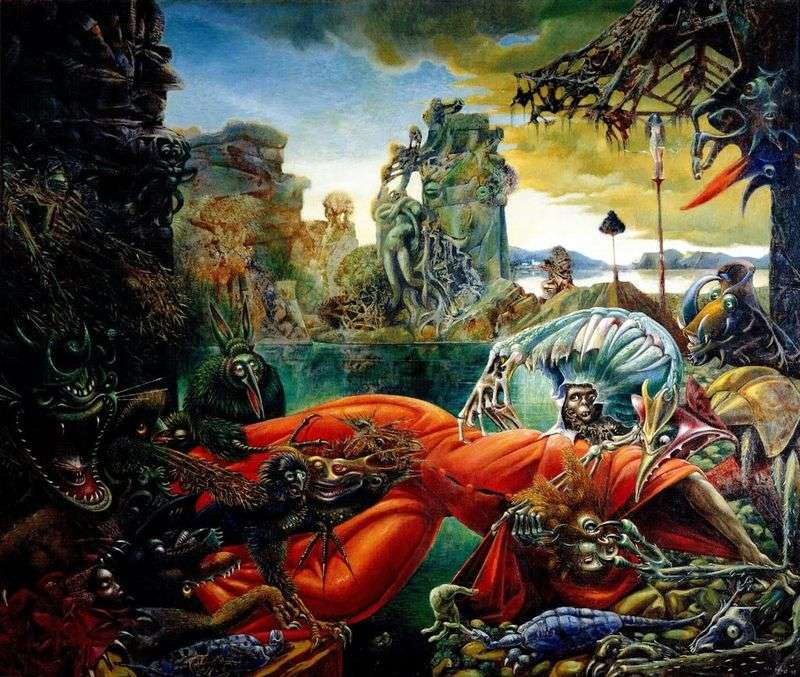 The Temptation of Saint Anthony by Max Ernst
The Temptation of Saint Anthony by Max Ernst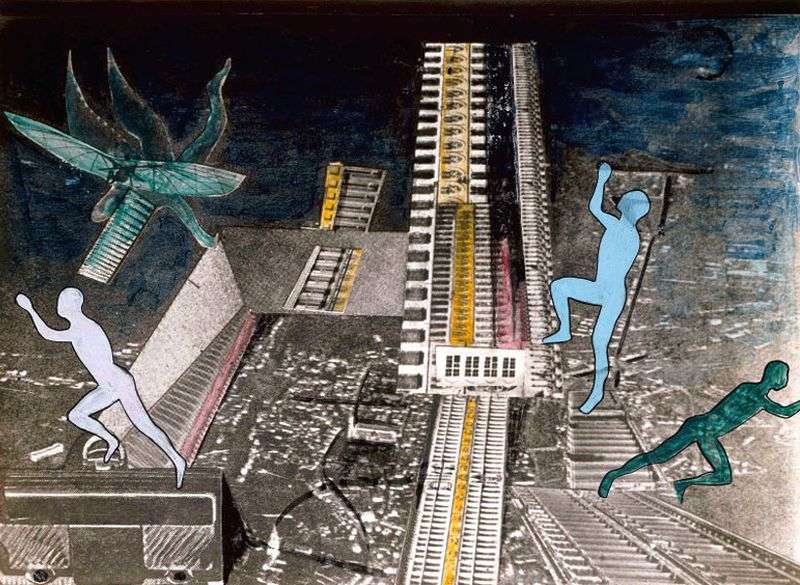 Beating babies by Max Ernst
Beating babies by Max Ernst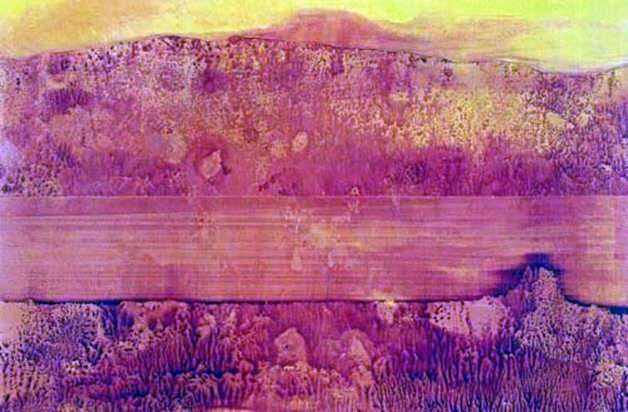 Río Colorado – Max Ernst
Río Colorado – Max Ernst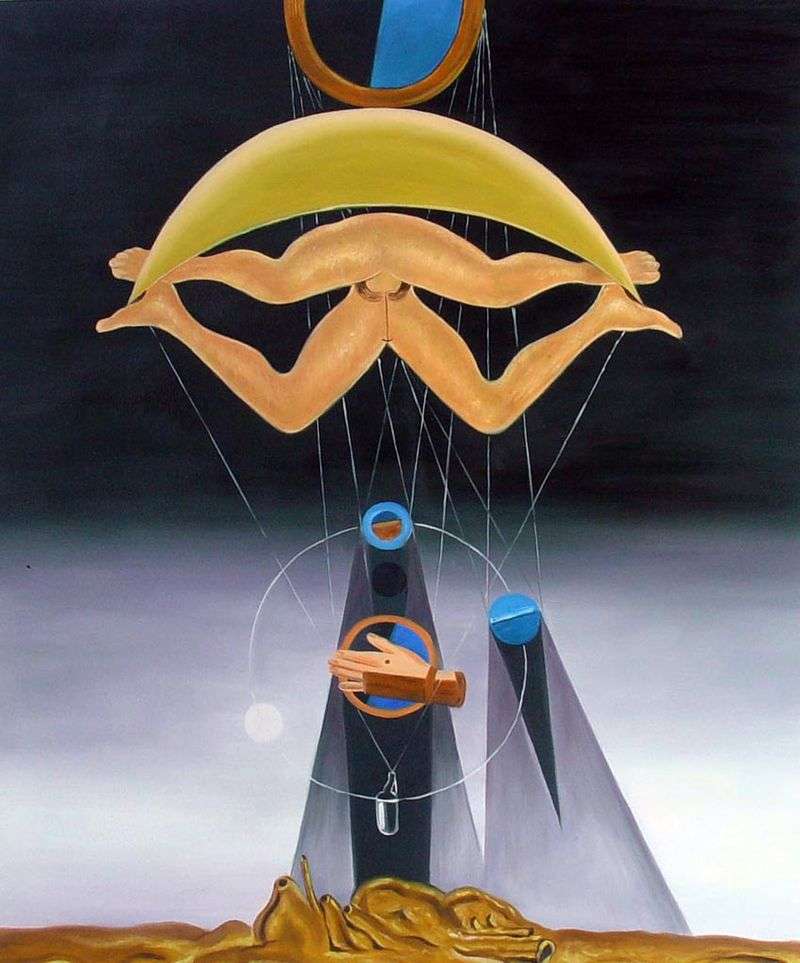 People do not know this by Max Ernst
People do not know this by Max Ernst Europe after the rain II by Max Ernst
Europe after the rain II by Max Ernst